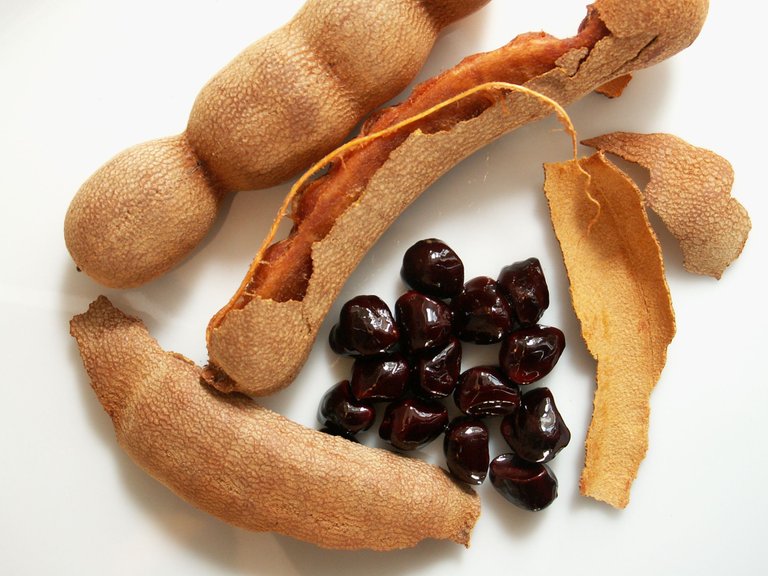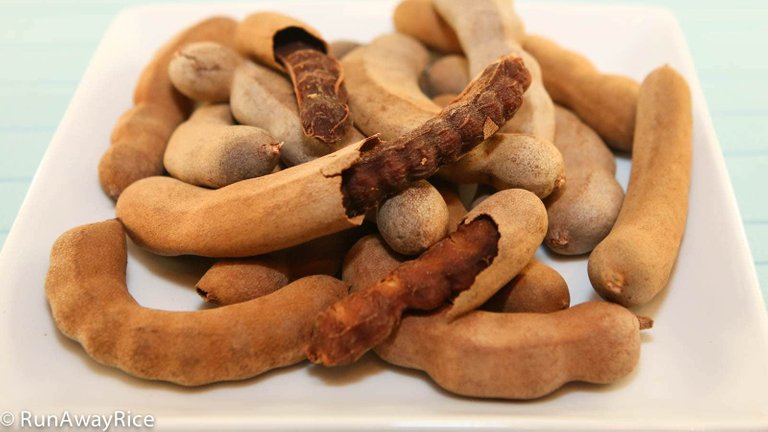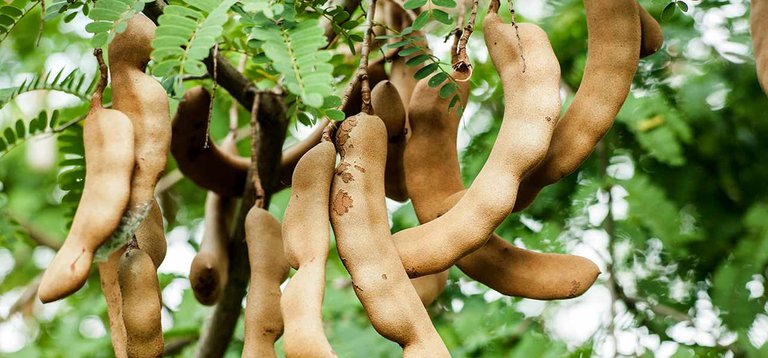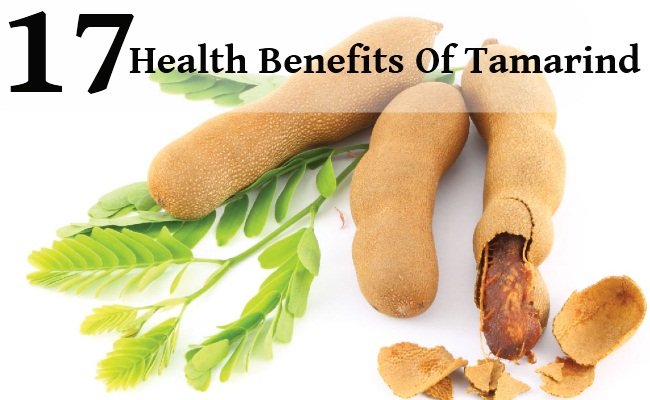We will learn about the Tamarind today. This will help you little bit in terms of health benefits and usages.

What is Tamarind?
Tamarind is a fruit that is popular in the foods of Southeast Asia, North Africa and India. While tamarinds are typically sweet and sour in flavor, they tend to become sweeter as they ripen.

Health Benefits of Tamarind
Tamarind fruit contains health benefiting essential volatile chemical compounds, minerals, vitamins and dietary fiber.

As source says that Its pulp is a rich source of non-starch polysaccharides (NSP) or dietary fiber such as gums, hemicelluloses, mucilage, pectin, and tannins. 100 g of fruit pulp provides 5.1 or over 13% of dietary fiber. NSP or dietary fiber in the food increases its bulk and augments bowel movements thereby help prevent constipation. The fiber also binds to toxins in the food thereby help protect the colon mucosa from cancer-causing chemicals.
Also, dietary fibers in the pulp bind to bile salts (produced from cholesterol) and decrease their reabsorption in the colon; thereby help in expulsion of “bad” or LDL cholesterol levels from the body.
Tamarind fruit contains many volatile phytochemicals such as limonene, geraniol, safrole, cinnamic acid, methyl salicylate, pyrazine, and alkylthiazoles. Together, these compounds account for the medicinal properties of tamarind.

Medicinal uses of Tamarind
Its pulp has been used in many traditional medicines as a laxative, digestive, and as a remedy for biliousness and bile disorders. This spice condiment is also used as an emulsifying agent in syrups, decoctions, etc., in different pharmaceutical products.
Culinary uses
Delicately sweet and sour, tamarind is one of the most sought-after ingredients in Indian, Middle Eastern and South-East Asian cooking. In some Indian households, its pods are cut open, and fresh pulp is used as and when required. After loosening pulp by pounding it with “wooden stick” kept at home especially for the same purpose, its seeds are then manually removed. One may also use a paring knife to separate seeds.

**Origin: **
The tamarind is native to tropical Africa and grows wild throughout the Sudan. It was introduced into India so long ago, it has often been reported as indigenous there also. It is extensively cultivated in tropical areas of the world.
It is a souring agent commonly used in Indian curries and chutneys, and is also popular in Thai, Mexican and Mediterranean cooking. In the West Indies, where tamarind also grows, it is used frequently in fruit drinks. Tamarind makes a great secret barbeque sauce and marinade ingredient.
Sources: http://www.nutrition-and-you.com/tamarind.html
Follow me @johnanbarasan
RESTEEM and UPVOTE
Great posts didnt know what Tamarind was before.
These are pretty great! There is an actual term for this in the art field: trompe l'oeil, meaning illusion art.